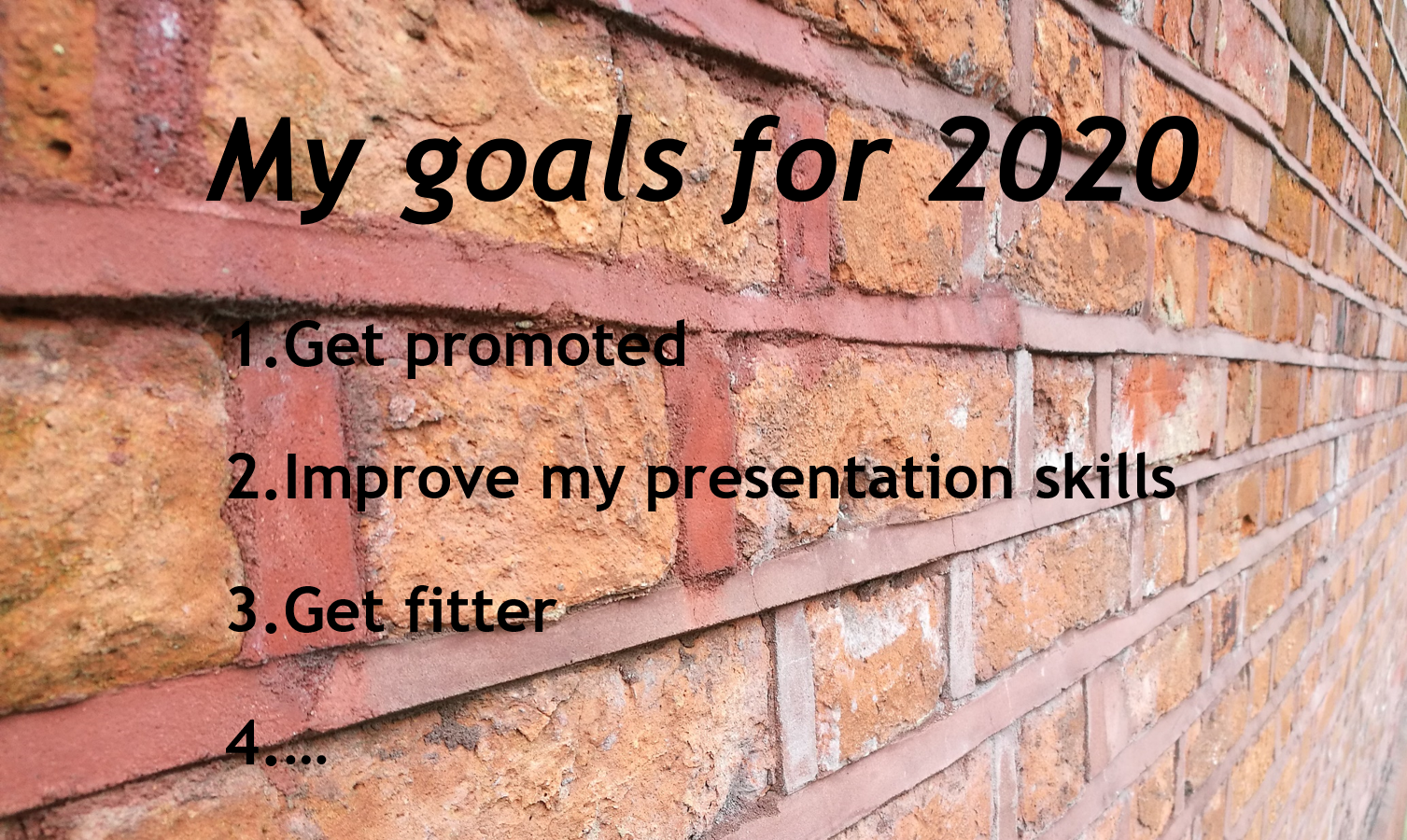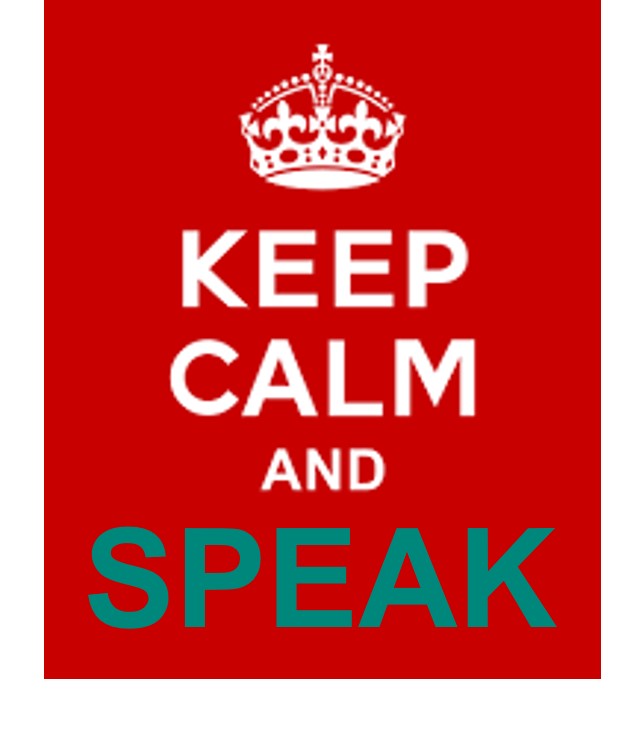Once upon a time, there was a great speaker called Facunda who set her audience alight with riveting openings and challenging questions.
She skilfully elaborated ideas with supporting evidence and stories. Audiences hung on her every word.
And then it came to the conclusion, the ‘thank-you-for-listening, my-time-seems-to-be-up’ damp squib. Such a disappointing close and such a missed opportunity.
Call to action
Conclusions are the speaker’s opportunity to craft what they want their audience to remember tomorrow and take action on. It is the speaker’s opportunity to reaffirm their authority as someone with a message to share and one that is worth hearing. It is for this reason that many speakers believe the ending is the most important part of a speech.
Well-crafted final words will stick in people’s minds. This is partly the psychological recency effect and partly the result of a well-structured speech that ends with a fitting conclusion. For this reason it’s best to avoid wishy-washy endings:
- Apologising for not covering everything you hoped to cover
- Saying “Thank you for listening”
- Empty pleasantry such as “It was a pleasure to be here”
- Closing with the answer to a random question from the audience.
At the end of a speech, the conclusion enables you to summarise your key message and deliver a call to action. So, how can you end with a bang, not a Facunda-style whimper? How can you create happy endings?
Your conclusion should signal the end, but it is not just a final sentence. As a general rule of thumb, it should be about 10-15% of your speech. As soon as you start to summarise/review your main ideas, the audience understands that the speech is coming to an end. This removes the need for words like ‘in conclusion’ or ‘finally’. If you feel using this kind of signal to your audience is helpful, make sure you mean it; don’t ramble on or add new points.
There are a host of ways to end your presentation with a bang. They all strive to help you achieve impact, memorability, engagement and commitment.
Creating impact
As speakers, you want to influence your audiences. You are seeking to inform, persuade or inspire. You are trying to influence their knowledge, behaviour, attitudes, opinions and even beliefs. You need to crystallise your message and activate your audience. To create this level of impact, there are many techniques at your disposal that help produce compelling and impactful conclusions.
For example:
- Reinforce your overall purpose
Make sure the purpose of your speech is reinforced and crystal clear in the ending. Think of this in terms of both content and style of delivery. If you say something inspiring your body language must mirror this – no awkward slouching but strong upright posture
- Use delivery to emphasise importance
Be clear in articulating your key message. Harness your vocal variety, tone of voice, passion and enthusiasm – SAMENESS is the biggest enemy of the speaker; change energy, pace, etc. Difference indicates importance
- Summarise using key questions
You might summarise in the tried-and-tested form of “Tell ‘em what you’re going to tell ‘em. Tell ‘em. Tell ‘em what you’ve told ‘em”. Consider using rhetorical questions based on your core premise to set up your summary of your key messages. The key messages will be the answers to those questions
- End with a powerful quote
Use a powerful and relevant quotation from an historic figure, business icon, etc. that resonates with your audience
- A final strong statement
Make your final sentence the takeaway that encapsulates the overall theme, your main message and any call to action. Ensure it is a statement that underlines your authority and belief in your message.
Achieving memorability
As speakers, you want audiences to remember what you say, to share your pearls of wisdom and have a real impact on them:
- Top speakers use anchor phrases to help them be memorable and repeatable or quotable. For Martin Luther King it was “I have a dream”. It’s a few words your audience will associate with you and your message. When your catchy, rhythmic phrase pops into their mind, the rest of your speech will be reactivated. It can contain the title of your speech or evolve during the speech, but it will help your audience remember your speech tomorrow and beyond. If your concluding remarks do not align with your anchor phrase, then they have no business in your conclusion, nor, indeed, in your speech!
- Go further and cause conversation through controversy, humour, and/or great stories. Leave them thinking
- Rhythm and repetition can both help to build memorability and impact, especially with an injection of appropriate humour
- Bring the speech full circle by using ‘callbacks’ to your opening remarks or stories. By revisiting a story told earlier in your speech, you create memorability and provide the audience with triggers to recall your main message and serve as a powerful aide memoire
- Use a relevant prop or image during your speech – one that will serve as a trigger. If you use it at the end of your speech your key message will be reinforced and will stick in people’s minds.
Building engagement and commitment
This is key to encouraging your audience to take action, particularly in any persuasive or inspirational speech:
- When you speak, you lock into the ideas, information and beliefs that your audience members already have in their mind. And the conclusions are the reaffirmation of those thoughts and ideas. What’s in it for the listener and what you want them to do
- Use personal stories and anecdotes to engage powerfully with your audience, while using a ‘callback’, to create familiarity and a warm connection with your listeners
- Invite your audience to take up or consider any call to action you make. Tone of voice is crucial. If you want people to do something as a consequence of experiencing your speech, you need to persuade them and invite them in both your closing words and the manner of their delivery. Telling and instructing may break the connection you have created. Reconnect them with your stories and your central theme
- Alternatively, take the words of an historic figure or other relevant person and invite the audience to do as they have done
- Is your audience made up of people from the same organisation or do they share a common interest? Referencing a publication or a quotation that resonates with them will create a connection with you and your call to action
- Show them your call to action as a solution to an issue, problem or challenge. Show them the benefits to them of embracing your call to action. Show them your commitment and enthusiasm.

In conclusion
Once upon a time, there was a great speaker called Facunda who set her audience alight with riveting openings and challenging questions.
She skilfully elaborated ideas with supporting evidence and stories. Audiences hung on her every word.
And when it came to the conclusion, the audience was on its feet, cheering for more, queueing to be a part of the call to action, sharing Facunda’s stories and observations.
What a happy ending!
This article appeared in thought-leadership.top-consultant.com
Recently republished in lidradio.com





